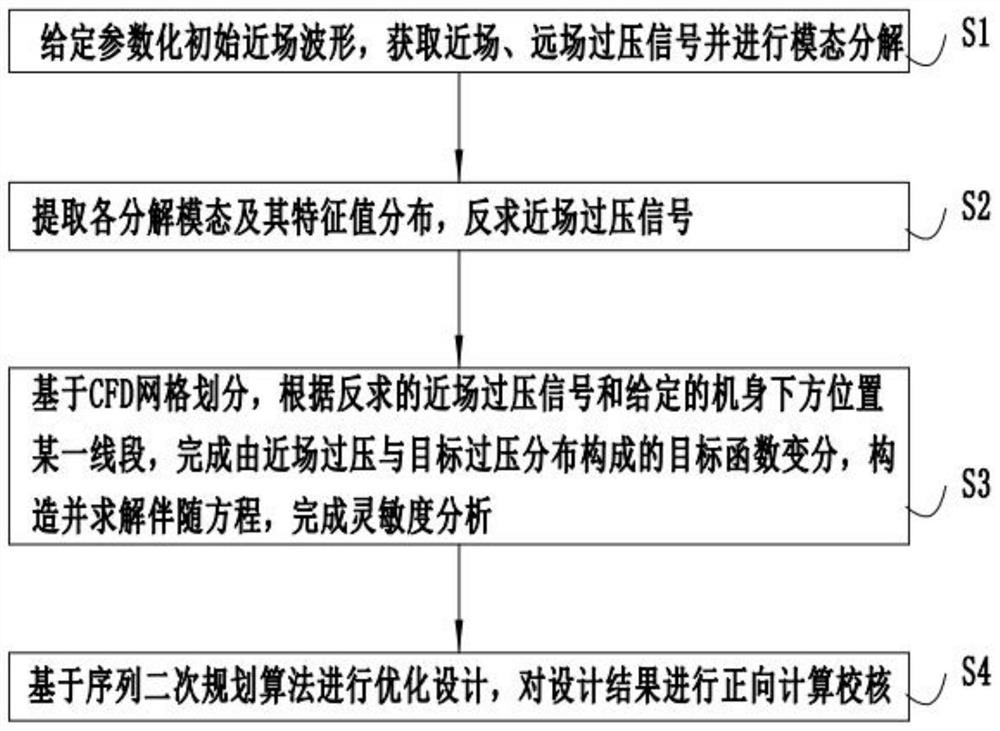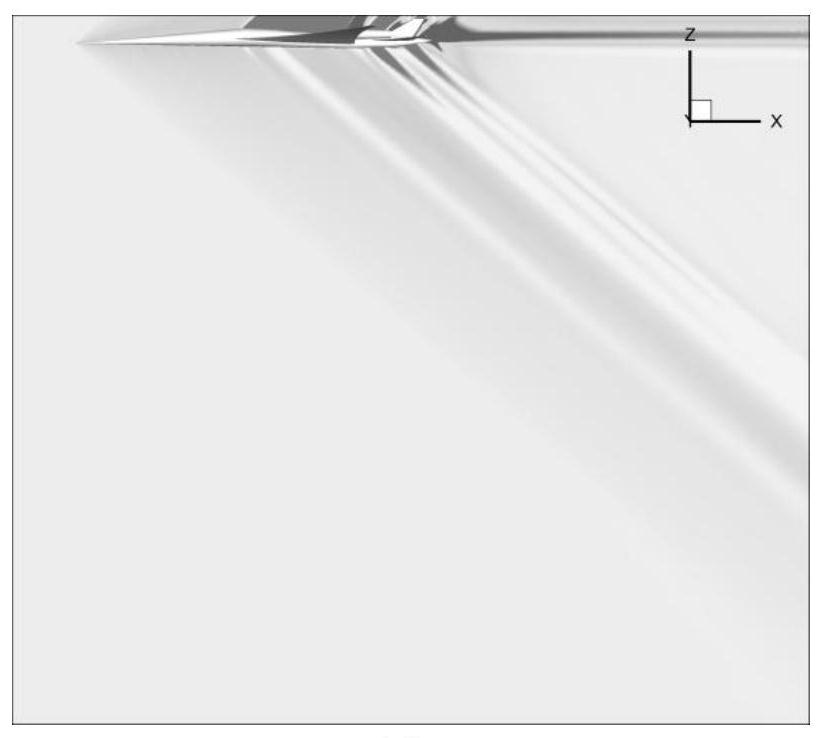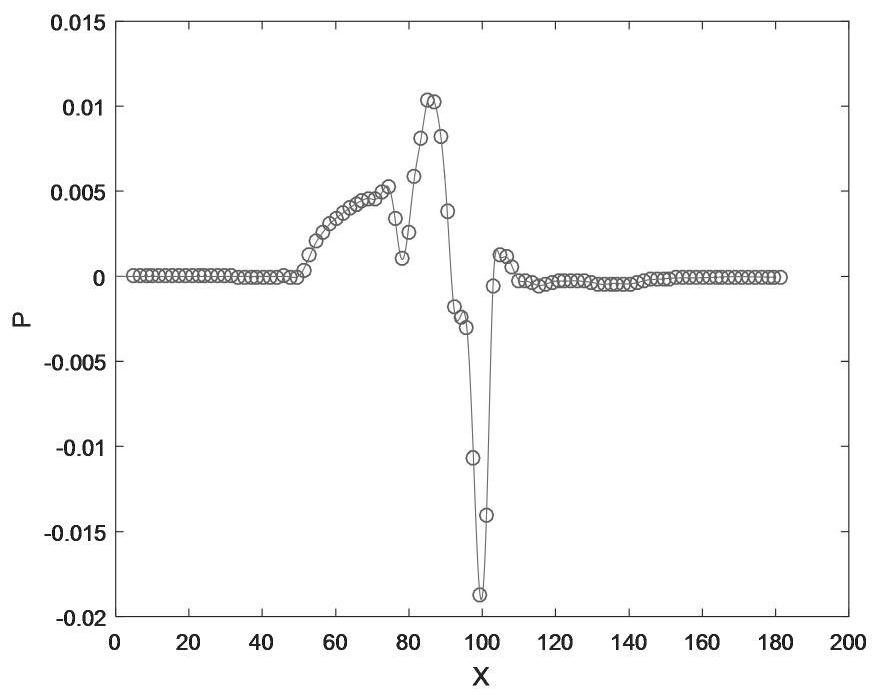Near-field accompanying optimization method for far-field sonic boom suppression of supersonic aircraft
An optimization method and technology of aircraft, applied in the direction of instruments, special data processing applications, character and pattern recognition, etc., can solve the problem of inability to directly design the ground sonic boom signal form, inconvenience for design technology R&D personnel, unfavorable sonic boom signal rise time, excessive pressure peak and other problems, to achieve the effect of convenient operation, simple steps and high efficiency
- Summary
- Abstract
- Description
- Claims
- Application Information
AI Technical Summary
Problems solved by technology
Method used
Image
Examples
Embodiment Construction
[0045] Below in conjunction with accompanying drawing and embodiment the present invention is described in further detail:
[0046] refer to figure 1 , a near-field adjoint optimization method for far-field sonic boom suppression of supersonic vehicles, including:
[0047] Given a parameterized initial near-field waveform, the near-field and far-field overvoltage signals are obtained and the mode decomposition is performed.
[0048] Preferably, the acquisition of near-field and far-field overvoltage signals and performing mode decomposition includes:
[0049] Based on the parameterized initial near-field waveform, Latin hypercube sampling is used for near-field waveform sampling;
[0050] Obtain the corresponding far-field signal based on the near-field sampling signal;
[0051] Arranging the near-field sampled signals and their corresponding far-field signals into a vector form;
[0052] Perform intrinsic orthogonal decomposition on the acquired vector signal.
[0053] S...
PUM
 Login to View More
Login to View More Abstract
Description
Claims
Application Information
 Login to View More
Login to View More - R&D
- Intellectual Property
- Life Sciences
- Materials
- Tech Scout
- Unparalleled Data Quality
- Higher Quality Content
- 60% Fewer Hallucinations
Browse by: Latest US Patents, China's latest patents, Technical Efficacy Thesaurus, Application Domain, Technology Topic, Popular Technical Reports.
© 2025 PatSnap. All rights reserved.Legal|Privacy policy|Modern Slavery Act Transparency Statement|Sitemap|About US| Contact US: help@patsnap.com



